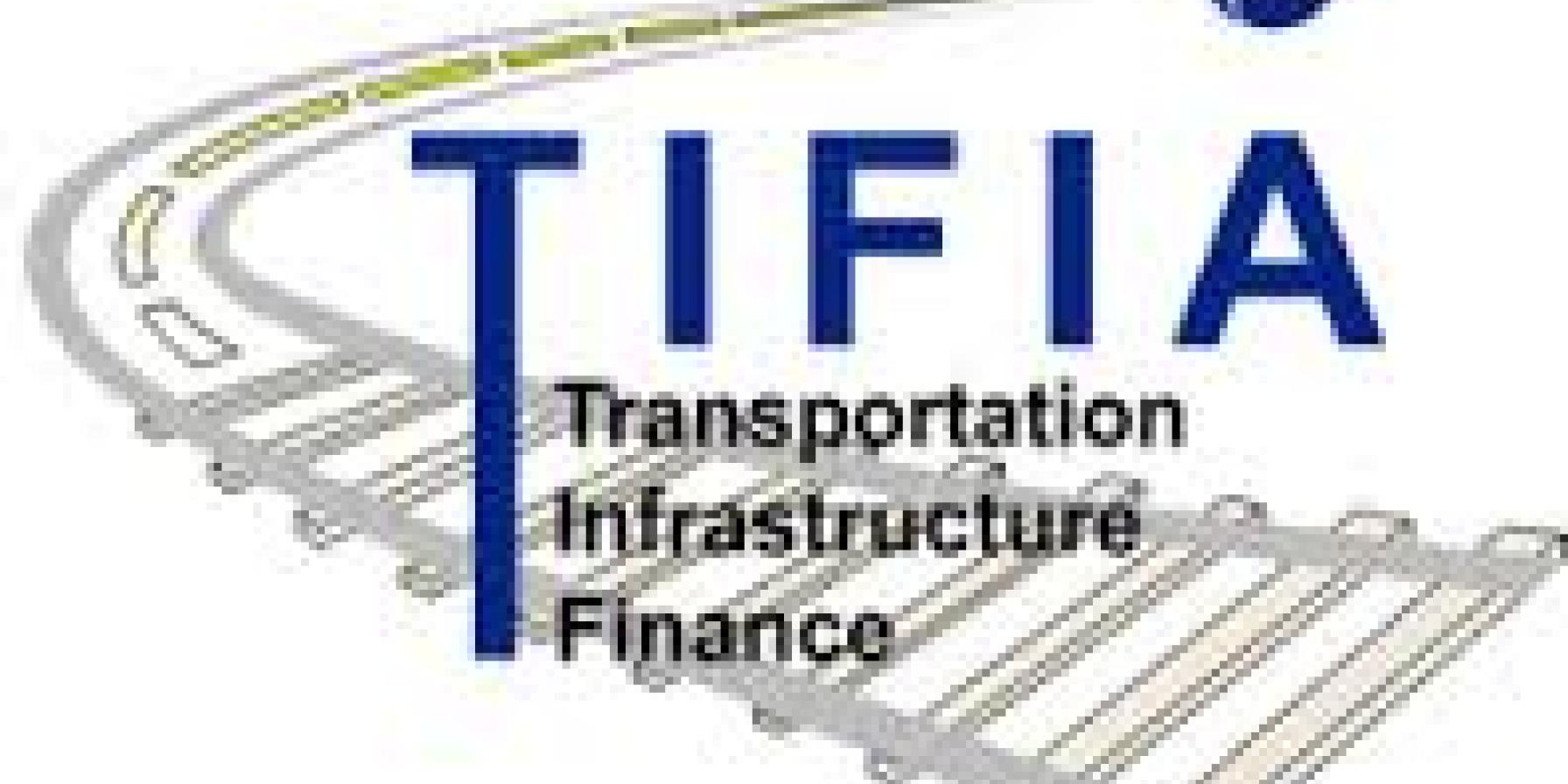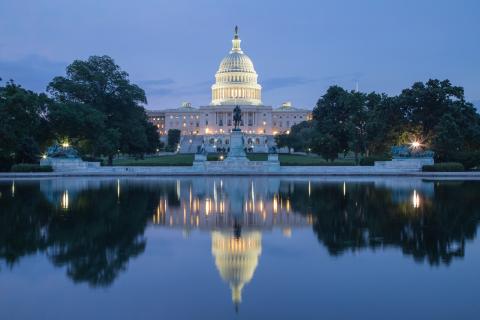- Home
- IBTTA Insights
- Seven Things to Know About TIFIA
Stories
Seven Things to Know About TIFIA


The Transportation Infrastructure Finance and Innovation Act (TIFIA) has been an important source of credit assistance for some U.S. tolling agencies, helping to get projects built that might not otherwise have been possible. While the program has been used predominantly to pay for transit projects, IBTTA’s Director of Government Affairs, Neil Gray, said the latest round of funding operated on a first come, first served basis.
Here are seven things to know about TIFIA that could make it a more useful financing mechanism for tolling agencies.
- The 2012 highway reauthorization bill, MAP 21, significantly increased the funds available in TIFIA, to $17 billion in direct loans over two years. According to Transportation for America, “every TIFIA program dollar can leverage approximately ten dollars in direct loans.”
- Gray said the program is tailor-made for large projects, with a minimum funding threshold of $100 million. That means TIFIA is nicely aligned with the trend toward tolling megaprojects that panelists identified at IBTTA’s 2014 Summit on All-Electronic Tolling, Managed Lanes, and Interoperability in July.
- For tolling agencies, Gray said, “the single coolest aspect of TIFIA is that it’s a reimbursable loan program, not a classic grant.” It requires a dedicated mechanism to repay the loan, and while that mechanism “doesn’t have to be tolling, tolls are very well suited to TIFIA because they’re clear, black and white, and up front.”
- The line of credit functions as a loan guarantee that still has to be capitalized in some way. But the availability of that guarantee eases the conversation with bond buyers and can earn an agency a lower interest rate. And the taxpayer wins, too: “It only costs the feds money if your bond issue goes sour,” Gray said.
- TIFIA will cover a line of credit for up to 33% of project value, or a loan for up to 49%, according to a Federal Highway Administration (FHWA) fact sheet. For the reconstruction of New York’s Tappan Zee Bridge, TIFIA is only applicable to $1.6 billion out of a total cost of about $4.5 billion. But that still helps mitigate the toll rate the agency would have had to charge in a “straight-up, old-school toll project,” Gray said. “It’s a way of packaging funds from different places for a single purpose.”
- With time, experience, and a sharp increase in funding authority, FHWA’s TIFIA office has been upping its game. Early on, the federal officials responsible for vetting projects came out of a more conventional project granting tradition. “They didn’t have a financial background. They weren’t really bankers,” Gray said, and it was a “monumental difference” running a program that required grantees to demonstrate their ability to repay a loan. Over time, TIFIA became more careful about scrutinizing projects, “which is a reasonable and rational thing. But the vetting was a lot more work, and it slowed down the process.” TIFIA hired more staff at about the same time it began receiving a flood of new applications. Gray said the training and ramping-up period is just about complete, and turnaround times are improving.
- When TIFIA works, it works very well. Gray pointed to the Central Texas Regional Mobility Authority (CTRMA) as one of example that has benefited from the expanded program: CTRMA repaid its first TIFIA loan ahead of schedule, and is now in line for a second one. TIFIA has been so successful that it ran out of money after approving about 40 projects across the U.S. IBTTA and its legislative allies are pressing for another increase in funding in the next highway reauthorization bill.

Joining IBTTA connects you to a global community of transportation professionals, offering unmatched opportunities for networking, knowledge-sharing, and collaborative innovation in the tolling and transportation sector.
Follow IBTTA on social media for real-time updates on transportation trends and collaborative opportunities.





